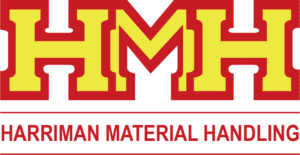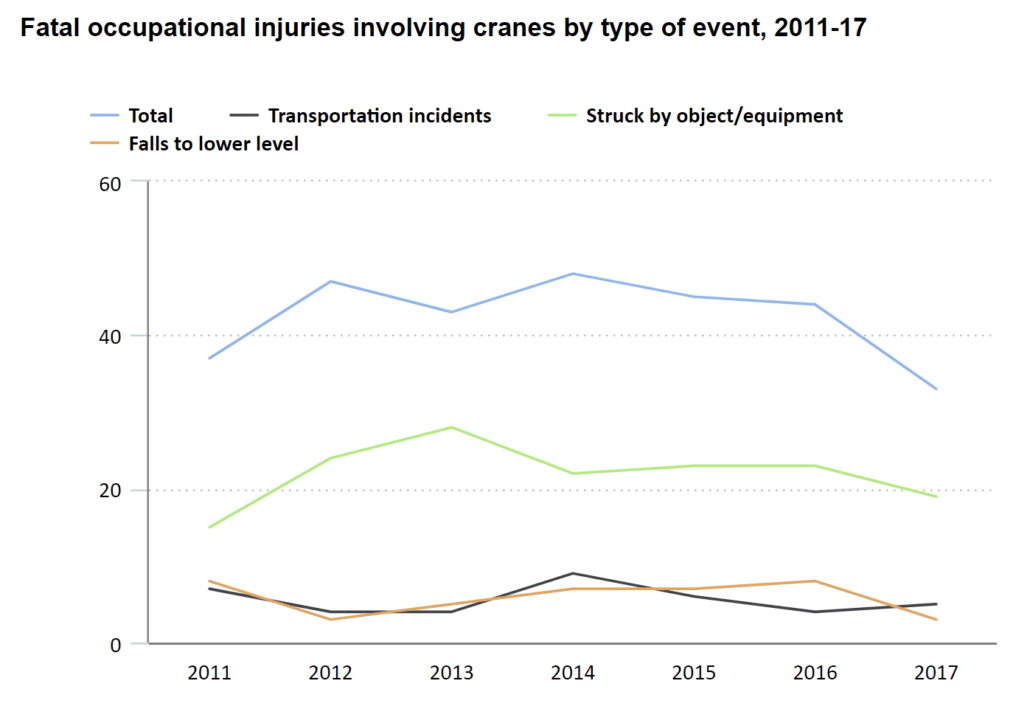Services Offered by Harriman Material Handling for Maintaining Your Equipment
HMH offers a range of services for overhead crane systems maintenance, including inspections, load tests, surveys, and inspector training. With all services completed in-house, HMH provides reliable expertise and a one-stop solution for all of your service needs.
Ensuring safety and optimal performance in your facility is key in effective operations.
Inspections
During our inspections, Harriman follows OSHA Regulations 1910.179, Overhead and Gantry Cranes and appropriate ANSI/ASME standards for overhead and gantry cranes and hoists.
Our inspections ensure that:
- Bearings, wire ropes, rope guides, and open gears are properly lubricated.
- Hoist, trolley, and bridge brakes are properly adjusted.
- Limits are set and/or corrected.
- Dynamic load testing has been performed, (this is only required on initial startup, after an engineering change has been made to the system, or if there is a problem with the equipment. The same goes for NDT of hooks and bore-a-scope.)
- No tie back plates, splice plates, J-bolts, or rail clips are loose or missing.
- Visually, the runway is aligned.
Frequent inspections are performed month-to-month, while periodic inspections are performed annually. We recommend that anyone with a runway who is performing hot metal or galvanizing applications have inspections done frequently rather than annually as the severe usage of the equipment, high heat of the environment, moisture, and acidic atmosphere is more inclined to wear quickly on your runway. Remember, these inspections are so you can help prevent a tragic incident, reduce delays in production, and save money in the long run.
Runway Surveys
Runway surveys involve precise measurements to identify and work toward resolving any deviations from OSHA guidelines.
Crane runways are at the foundation of good crane health. Runways are originally installed to be within the tolerances published in CMAA recommendations. These tolerances are in many cases plus or minus 1/8″ in span and within ¼ inch of each other in elevation. No matter what type of overhead crane system you have in your plant, good runway systems are the key to safety and reduced maintenance.
Aging crane runways can become out of span for many reasons but the most common reasons are building settlement, crane overloads, and crane malfunctions.
The Benefits of Proactive Maintenance
Proactive maintenance offers numerous benefits in terms of safety, efficiency, and cost savings. By addressing issues before they escalate, businesses can avoid costly accidents and disruptions.
One of our technicians highlighted the importance of identifying and addressing issues such as cracked rails or sagging beams promptly. He reported having found the following critical issues upon maintenance which was avoided and long overdue:
- Rails cracked in half
- Flanges completely gone
- Rail coming down on either side of the wheel
You do NOT want this to be you. Prioritizing runway maintenance as a proactive measure underscores the significance of investing in safety and operational excellence.
Listen and watch your operations closely. Look to see if the crane is skewing or if it has excessive bounce when lifting. Watch to see if the crane is going back and forth properly. Listen for loud knocks and squealing sounds as it travels, these are signs of wear and tear. Runway maintenance and inspections are often overlooked and undervalued. Take note of any issues early on and contact us right away to minimize costly repairs, downtime, and potentially fatal situations.
For more information on maintaining your equipment, contact us today.



